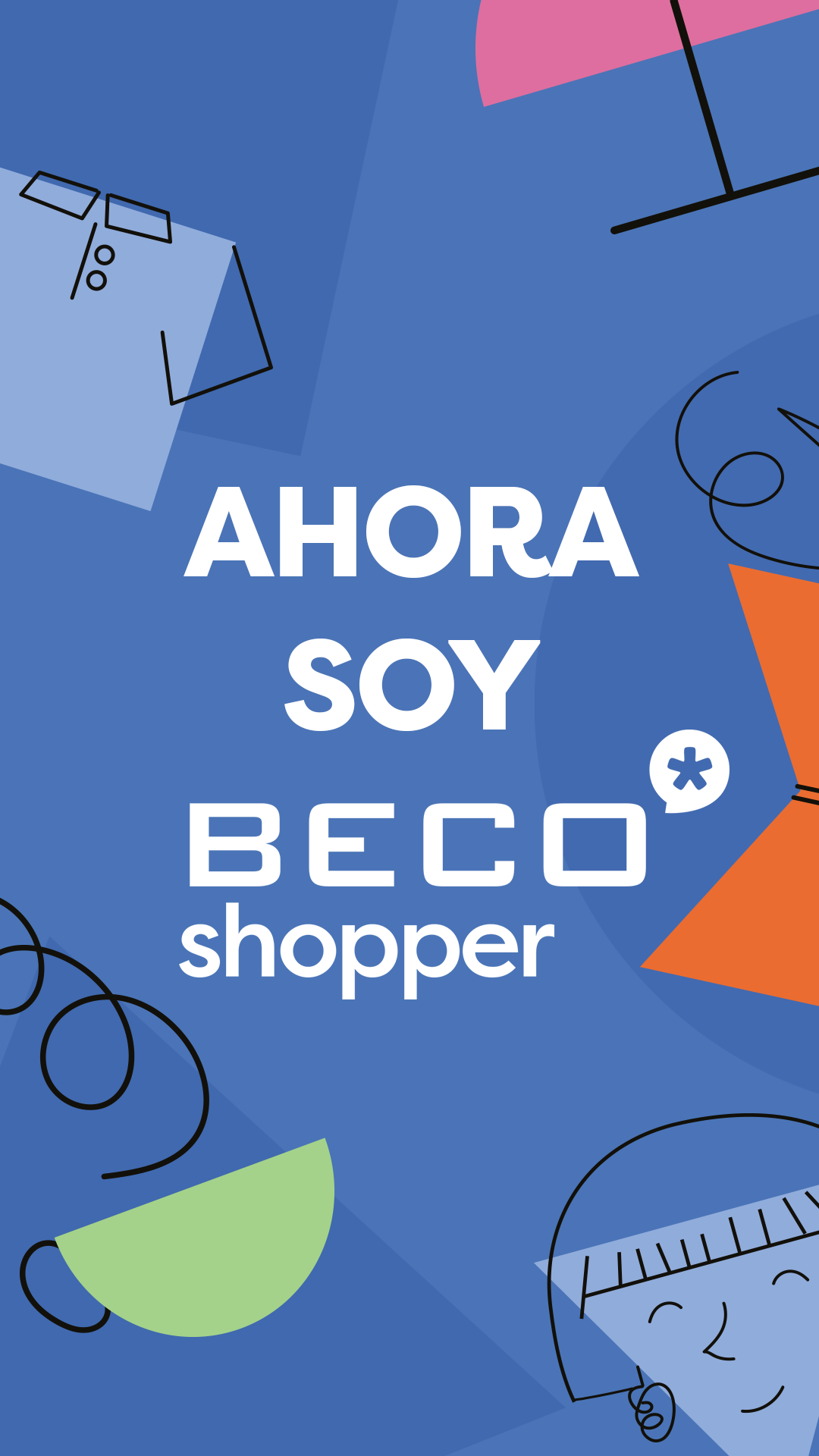How To Pay Off Student Debt In The Us?
Paying for a college degree to become a professional at The United States it's an economic challenge that generally involves the entire family nucleus. According to the Consolidated Credit portal, student debt after completing a university degree is, on average, $25,250.
While there are federal student loans that are subject to review by the federal government, such as the Department of Education's Federal Direct Loan Program (FDLP), Perkins Loans, Stafford Loans, there are also private or alternative student loans, such as online lending options for students.
Generally, to apply for a federal student loan, your credit score will not be taken into consideration, because the student probably has not yet built a credit history (except in the case of Direct PLUS Loan). However, paying off student debt will have a big impact on your credit score.
In the case of private loans, issued by banks and other financial institutions, they have higher interest rates than federal loans and have less payment flexibility, but they also have short-term financial solutions out there for people who struggle with bad credit, which is a point in favor.
Today, students may be faced with being unable to repay the amount of student loans they have taken out if they rely on the income they can regularly find in today's job market. The best way to quickly pay off your student debt is to pay more money than the minimum amount due each month, thus reducing interest and the time it would take to pay.
Among other additional tips:
1. You can request a debt consolidation, that is, the reconstruction of payments, with the purpose of simplifying monthly payments, extending payment terms or reducing the interest rate. Debt consolidation can help repair your credit if it has been affected by defaulting on student or credit card debt.
Although there are companies that offer to consolidate your debts in exchange for money, consolidating federal loans directly with the federal government is free and you can do it on your own. Check the Federal Student Aid website and never pay for a consolidation service up front.
If your student loan is private, your only option is a private lender, but don't trust companies that ask for an advance payment, or even offer to “disappear” your debt—that's not possible, or a debt condonation for which you may not qualify.
2. You can also apply to grants and scholarships, as financial aid by filling out the FAFSA form (Free Application for Federal Student Aid), defined by Bank of America as: “a form designed to help colleges understand your family's financial picture and determine your eligibility for federal, state and school-sponsored financial aid”. You can start filling out the FAFSA as early as October 1 each year, and the deadline is June 30.
3. Also see refinancing plans, sign up for an autopay deduction, or stay on a standard ten-year payment plan automatically.
4. Federal work-study jobs are another form of help paying for college. This type of employment is a needs-based subsidy that requires you to work part-time while you are in school.
Some of the part-time jobs you can fill at The US for 16 year old guys are: retail store worker, receptionist, baggage attendant, lifeguard, cleaning man, food service worker, data entry clerk, office assistant, administrative assistant, programmer, sales associate, intern, Pharmacy Technician Intern, Administrative Assistant, Chiropractic Assistant, and Patient Care Coordinator.
Some of the highest paying jobs you can do starting at age 16 include: cashier, waiter, sales associate, retailer, petsitter and baby sitter.
Jessymar Daneau Tovar (@letroupe)


![About [span]me[/span]](https://i.ibb.co/R4gHdCF/IMG-3442.jpg)


0 Comments